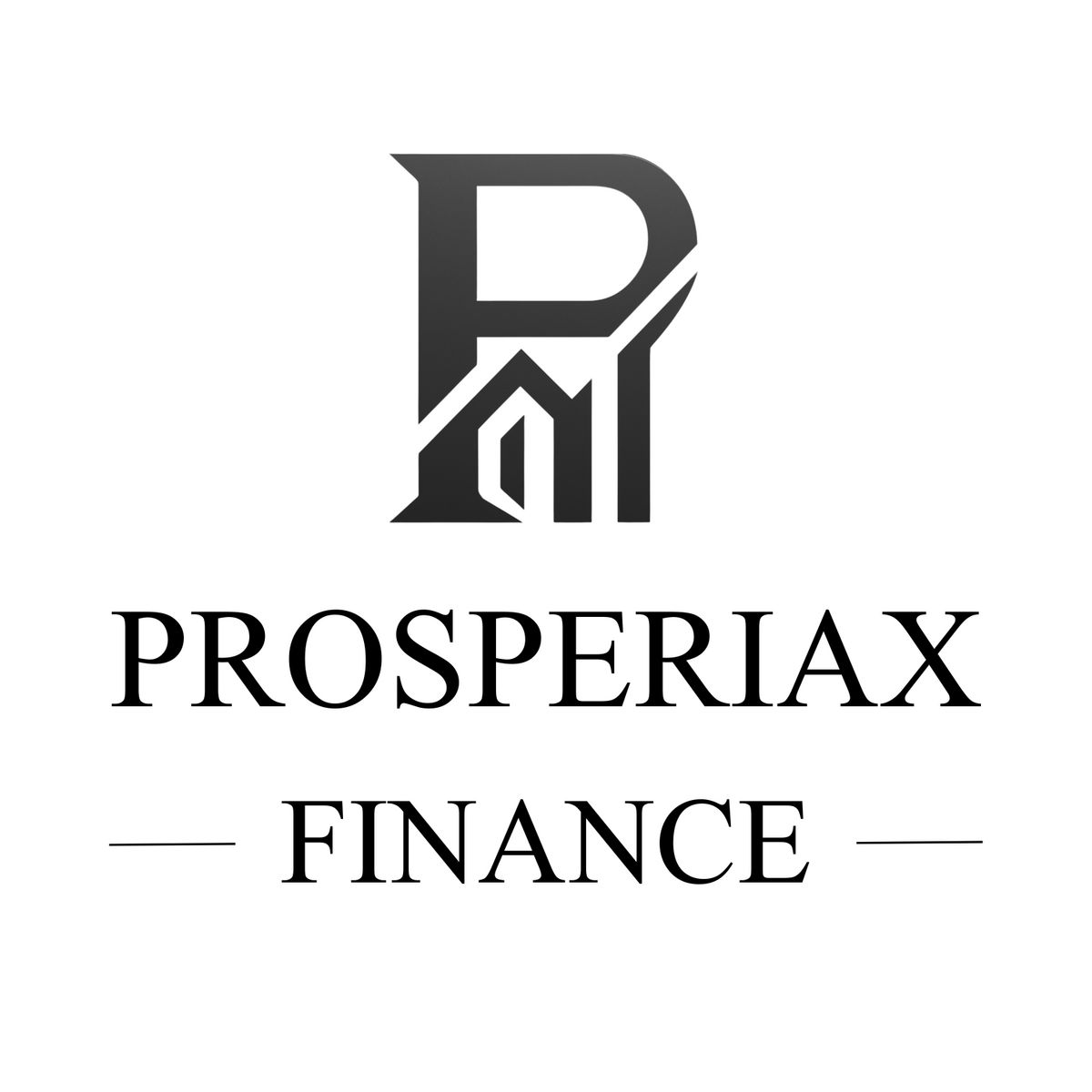Tesla has never been a conventional company, and Elon Musk has never been a conventional CEO. So it should come as no surprise that his new pay package is not a compensation plan—it's a $1 trillion signal.
A signal to shareholders. A signal to the market. A signal to the world that Tesla is not thinking in quarters or product cycles. It's thinking in decades and systems. It's not building an EV company. It's building an empire of infrastructure, autonomy, and artificial intelligence.
And the numbers back it up.
The Most Ambitious Incentive Structure Ever Tied to Performance
Musk's new package is the largest performance-based compensation plan ever approved. Structured in 12 tranches, it only pays out if Tesla crosses Everest-sized milestones: a $8.5 trillion market cap, 20 million cumulative vehicle deliveries, 1 million robotaxis, 1 million humanoid robots, and $400 billion in annual core profit. Musk gets nothing if Tesla misses. But if Tesla achieves, shareholders aren't just paying him — they're growing alongside him.
This isn’t a bonus plan. It’s a growth blueprint. Every milestone is a marker for the direction Tesla intends to scale: from a car company into a world-scale AI-industrial conglomerate.
What the Market Is Getting Wrong
Most media coverage zeroes in on the headline numbers: the trillions, the dilution, the governance critics. What it misses is that Tesla has already been doing the improbable for years. Consider this:
Tesla built global EV scale before any legacy automaker could profitably match.
It achieved multi-billion-dollar profits while others still lose money on every EV sold.
It turned Gigafactories into a replicable model, building some in under a year.
Its charging network is becoming the default standard in North America.
Now it’s building chips, training AI models (Dojo), piloting robotaxi fleets in Austin, and selling battery infrastructure to utilities. These aren’t moonshots. They’re revenue lines, R&D commitments, and infrastructure footprints.
What the Deal Actually Reflects
This compensation structure isn’t just about motivating Musk. It reflects a profound belief inside Tesla: that the company is grossly undervalued for what it is becoming. That the real upside is not in vehicle margins, but in building platforms for autonomy, energy, labor automation, and software-defined infrastructure.
If even half of the targets are met, Tesla becomes a company with diversified cash flows, embedded AI distribution, and pricing power across industries. That’s not worth $1.5 trillion. That’s worth much more.
Betting on Musk: Risk or Rationality?
The board says they structured this deal to keep Musk from leaving. That statement alone speaks volumes. Tesla’s operational strength is real — but its culture, pace, and product map are undeniably Musk-shaped. This is not founder worship. This is recognizing the architecture of the company.
And it’s why the board and 75% of shareholders (when including Musk’s stake) approved the deal. Because they’re not just betting on what Musk has already done. They’re betting that the next decade of infrastructure and automation will be won by those who build fast, learn faster, and aren’t afraid to realign capital around vision.
Wall Street Isn’t Warning You, But This Chart Might
Vanguard just projected public markets may return only 5% annually over the next decade. In a 2024 report, Goldman Sachs forecasted the S&P 500 may return just 3% annually for the same time frame—stats that put current valuations in the 7th percentile of history.
Translation? The gains we’ve seen over the past few years might not continue for quite a while.
Meanwhile, another asset class—almost entirely uncorrelated to the S&P 500 historically—has overall outpaced it for decades (1995-2024), according to Masterworks data.
Masterworks lets everyday investors invest in shares of multimillion-dollar artworks by legends like Banksy, Basquiat, and Picasso.
And they’re not just buying. They’re exiting—with net annualized returns like 17.6%, 17.8%, and 21.5% among their 23 sales.*
Wall Street won’t talk about this. But the wealthy already are. Shares in new offerings can sell quickly but…
*Past performance is not indicative of future returns. Important Reg A disclosures: masterworks.com/cd.
The Tesla Thesis
We are bullish on Tesla because we believe it is building something other companies can’t replicate. Not just products, but velocity. Not just factories, but frameworks. The company is already profitable, vertically integrated, and structurally agile.
If it unlocks autonomous ride-hailing or humanoid labor at scale? That’s not optional upside. That’s valuation redefinition.
So yes, the pay package is enormous. But it’s also honest. It puts numbers to the scale of what’s being attempted. And it rewards Musk only if he makes shareholders vastly richer in the process.
Tesla is not being overgenerous. It’s being precise. This is what founder-led ambition looks like when translated into corporate architecture.
That’s not a red flag. That’s a green light.
Sources:

